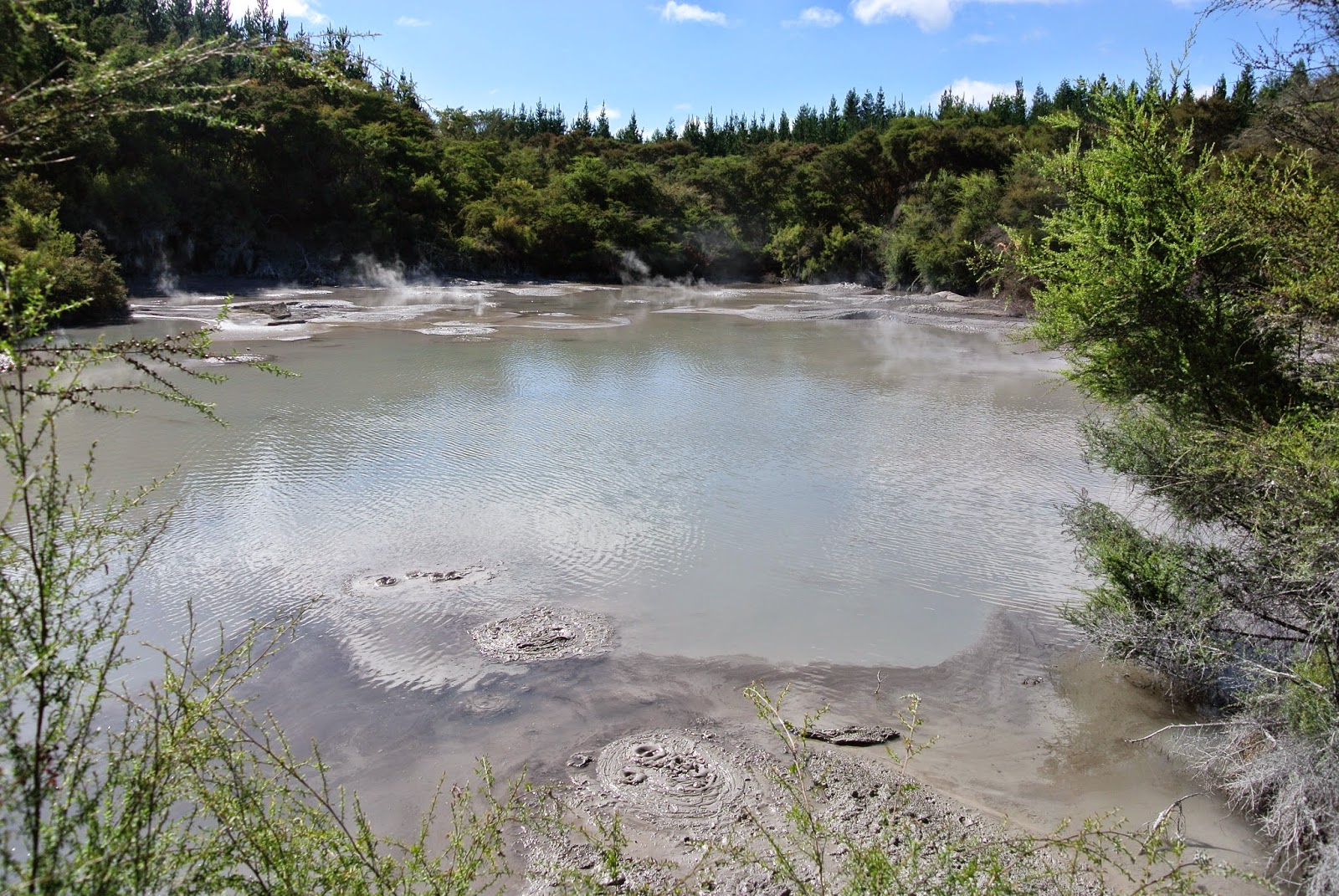New Publications
Journal Articles Aquino, R. S., Schänzel, H. A., & Hyde, K. F. (2017). Unearthing the geotourism experience: Geotourist perspectives at Mount Pinatubo, Philippines. Tourist Studies , 1468797617717465. doi:doi:10.1177/1468797617717465 Link: http://journals.sagepub.com/doi/full/10.1177/1468797617717465#articleShareContainer Aquino, R. S., Schänzel, H. A., & Hyde, K. F. (2017). Analysing Push and Pull Motives for Volcano Tourism at Mount Pinatubo, Philippines. Geoheritage . doi:10.1007/s12371-017-0254-z Link: http://rdcu.be/uFAy




